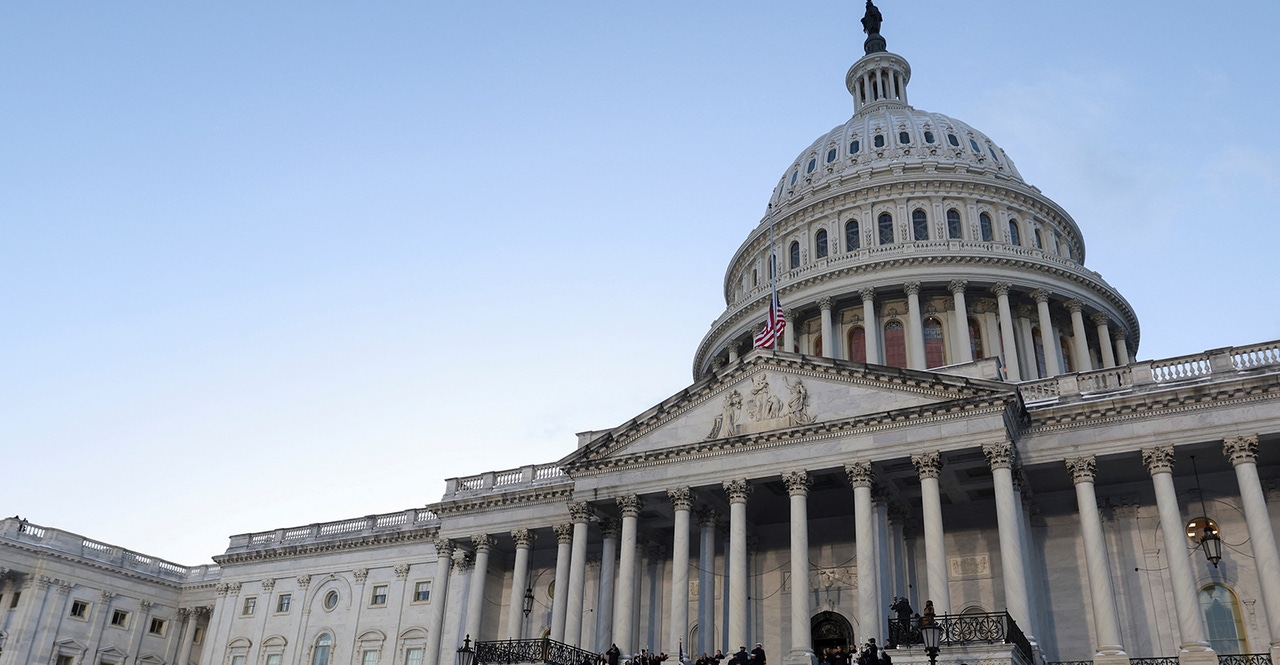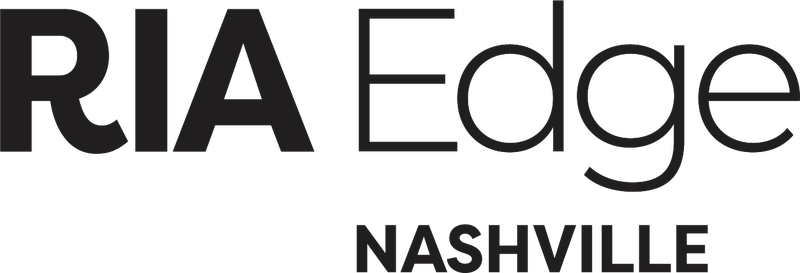The First 100 Days of the New CongressThe First 100 Days of the New Congress
Tax reform is on deck.

The 119th Congress was sworn in last Friday, marking the start of what’s expected to be a busy year. Republicans control the White House and both chambers of Congress and are mandated to get to work and do so quickly. Now, everyone’s eyes are on what lawmakers will try to tackle and what roadblocks stand in the way of making progress on President-Elect Donald Trump’s priorities within the first 100 days of this new Congress.
Lawmakers have their work cut out for them. Not only will Congress need to begin confirming Trump’s cabinet picks, keep the government funded beyond March and potentially address the debt limit, but they’ll also need to begin work on one of Trump’s main priorities: tax reform and extending the 2017 Tax Cuts and Jobs Act.
Cabinet Confirmations
Over the next several months, the upper chamber will work to confirm many of Trump’s cabinet picks. Trump quickly began naming people to fill top executive positions following the election. Now, the Senate will need to confirm those nominated before they can officially assume their new roles. Importantly, the Senate will seek to confirm nominees to serve in critical positions fairly quickly. This will most certainly include the Senate Finance Committee confirming Trump’s picks for Treasury Secretary, Internal Revenue Service Commissioner and the Assistant Treasury Secretary for Tax Policy, all of whom were named early on. These positions and the people in them will be important and influential during tax reform negotiations and the drafting of a tax package, so expediting their confirmations will be top of mind for Senate Republicans. Other committees will do the same, filling up much of their members’ calendars with interviews, hearings and votes.
House Focus: Tax Priorities
The House has a different, and some might say far trickier, task for the first 100 days - making significant progress on tax priorities to ensure the 2017 tax cuts don’t expire and additional campaign promises can be implemented. If it seems like we’ve been here before, it’s because we have. The last time Trump was in office was the last time Republicans had full control of Washington and overhauled the Tax Code. Now, they must do it again. House Speaker Mike Johnson (R-La.) has put forward an ambitious timeline for the House to pass a budget reconciliation package (more on that in a bit) that will include a tax reform bill by April.
The House will have the pen first when it comes to drafting a tax package, and with the narrowest of margins in the House, Republican leadership and Ways and Means Chairman Jason Smith (R-Mo.) will need to coalesce all House Republicans. This means Republicans must iron out differences within their own party before bringing a tax bill to the floor. Many policies will need to be negotiated, and concessions will need to be made to avoid losing critical Republican votes. These negotiations are underway, and some sticking points that have emerged are around border funding, eliminating the cap on the state and local tax deduction, energy rollbacks and, for those deficit hawks, making sure there are sufficient payfors.
Budget Reconciliation Process
Republicans plan to use the budget reconciliation process again (they used it to pass the tax bill in 2017). This tool allows lawmakers to bypass the Senate’s 60-vote threshold and expedite the tax reform process without the help of Democrats. However, that also means lawmakers will have to abide by additional rules and pass a budget resolution before starting work on a legislative tax package. Using budget reconciliation has proved useful for partisan policymaking, but it comes with its own challenges.
First, policymakers must agree on instructions and budgetary thresholds in a budget resolution. Only then can House Republicans begin piecing together their priorities to create a tax reform package. We can expect to see many hearings and markups over the next several months as tax writers negotiate and work through various sticking points.
Keep in mind, while Johnson wants to pass a bill out of the House by April with the intent of having a package to Trump's desk by Memorial Day, the tax bill will still need to go to the Senate, where it’s likely to be amended. Not only will senators have their own wishlist of priorities, but also, using the budget reconciliation process means the Senate Parliamentarian will need to go through the package line by line to ensure all provisions follow the budgetary guidelines. Anything that doesn’t will be removed from the bill, and any changes made in the Senate will require House approval.
So, although the work has already begun to develop a budget reconciliation package, members’ priorities, following the reconciliation rules, and slim margins in the House could very well slow down the process and push the timeline later into the year.
Additional Roadblocks
In addition to tax reform and confirmations, lawmakers keep adding to their must-do list in the first few months of the year. In December, Congress kicked the government funding deadline to March 14, which must be addressed to avoid a shutdown and mandatory budget cuts. Additionally, the debt limit went back into place this month, meaning lawmakers must address it by this summer to avoid default. And then there’s everything scheduled—Trump’s inauguration, party retreats, special election, and scheduled recesses—in addition to any unforeseen developments that require policy action.
Lawmakers certainly have a lengthy to-do list, and the first 100 days will likely come and go in the blink of an eye. That said, how Republicans begin their work in these first few months will set the stage and expectations for the rest of the year.
About the Author
You May Also Like





